Appalachian History Series – Blackjewel: How One Coal Company Turned Appalachian Mines Into Bankruptcy Assets On strip mine benches above eastern Kentucky and southwestern Virginia, Blackjewel looked like any other late era coal operator. Conveyor belts crossed hollow mouths. Rusting loaders sat beside black ponds. Permit numbers were nailed to posts at the edge of steep, gray highwalls. On paper, though, Blackjewel was something different.
Appalachianhistorian.org
Appalachian Figures Series – The Story of James Harrod of Bedford, Pennsylvania Along the courthouse lawn at Harrodsburg, a roadside marker and a reconstructed fort point back toward a man most Kentuckians know only by name. James Harrod does not loom in popular memory the way Daniel Boone does, yet the town that still carries his name began as his outpost on the edge of Virginia’s empire.

Appalachian Figures Series – The Story of Travis Glenn Brock of Leslie, Kentucky On a winter morning in 2010, deep under Leslie County, a young miner from Helton was doing the work he had learned as a teenager. He stood beside a remote controlled cutting machine in a crosscut of the Abner Branch Rider mine, trimming the mine floor and ribs so the crew could keep advancing.
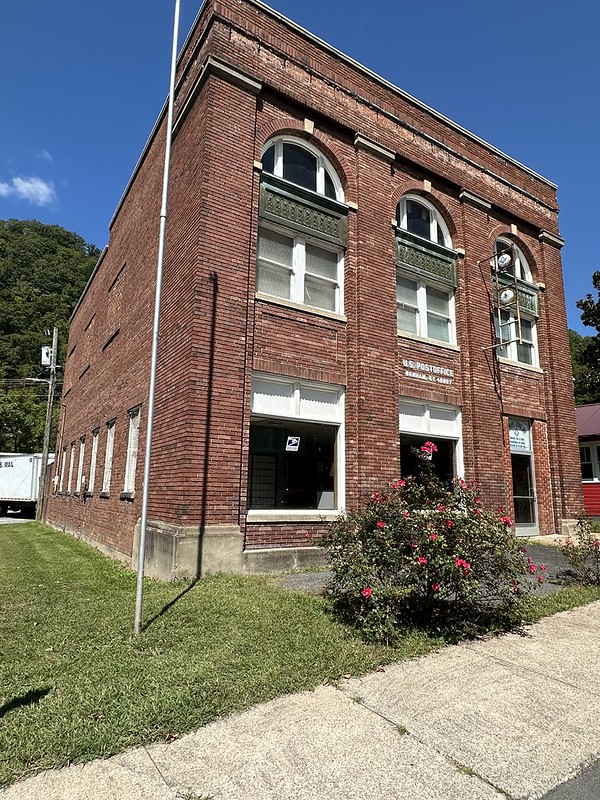
Appalachian History Series – The Coal Camp Post Office at the Heart of a Company Town The Benham Post Office has never been the biggest building in town. It does not tower over the valley like the old tipples once did, and it does not have the imposing bulk of the commissary that now houses the Kentucky Coal Museum. What it has instead is persistence.

Repurposed Appalachia Series – The Kentucky Coal Mining Museum in Benham, Kentucky On a gray morning in the Tri-Cities, the old company store at Benham still anchors Main Street. Brick walls rise in neat lines against the slope of Black Mountain, and the wide storefront windows look out on a town that once lived by coal and corporate schedules.
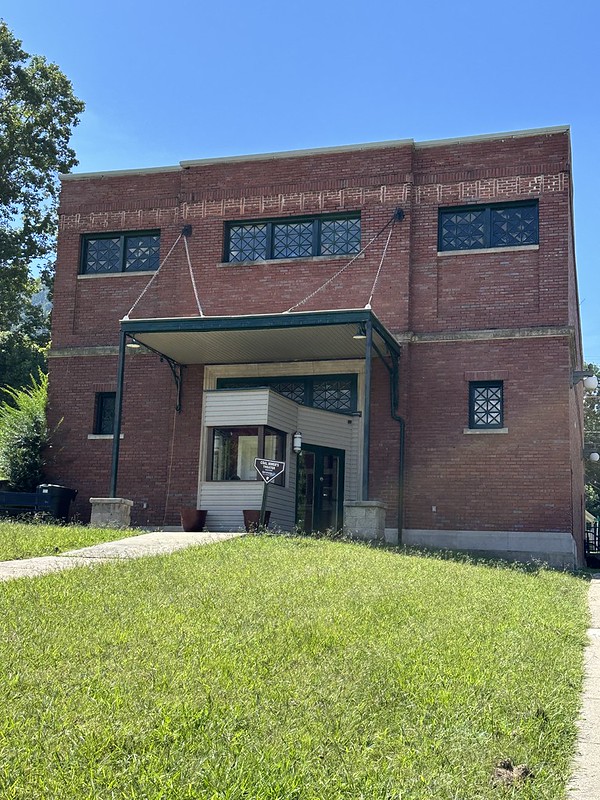
Repurposed Appalachia Series – Benham Theater of Harlan County On the quiet streets of Benham, the brick facade of the old theater still faces Circle Park, its green ticket booth and canopy standing out against the red walls and the backdrop of Black Mountain.

Repurposed Appalachia Series – The Benham Schoolhouse Inn of Harlan County If you stand in the center of Benham and look toward the long brick facade of the old schoolhouse, it is easy to see what Wisconsin Steel and International Harvester were trying to build in the 1920s. The company did not just carve driftmouths into Black Mountain and lay tipple tracks along Looney Creek.

Repurposed Appalachia Series – From Depot Yard to Coal Miners Memorial Park in Benham, Kentucky Benham sits in a narrow valley beneath Black Mountain, the highest point in Kentucky. A century ago this was one of the most productive coal camps in the world, a company town built by Wisconsin Steel, a subsidiary of International Harvester.
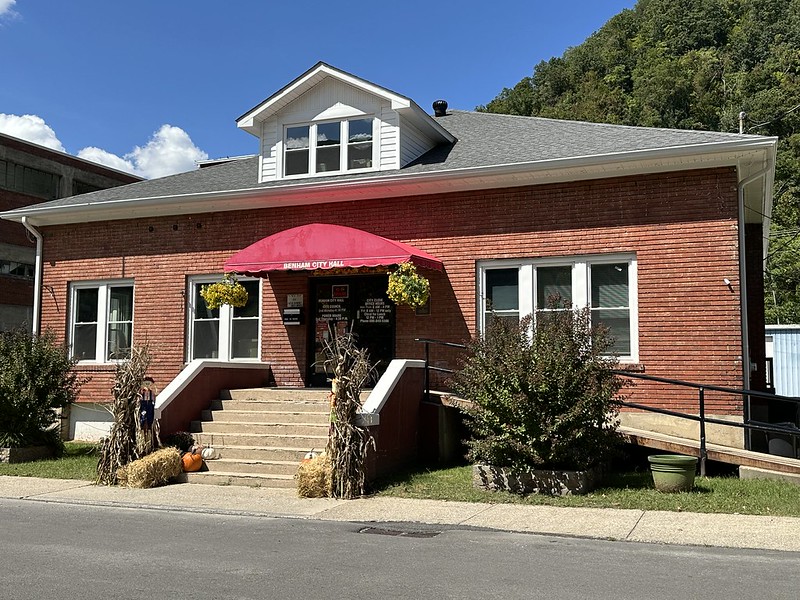
Repurposed Appalachia Series – Benham City Hall of Harlan County In the middle of Benham, Kentucky, where Looney Creek bends through a narrow valley below Black Mountain, the city hall does not look like a grand marble temple of government. It is a compact red brick office building, one of a ring of matching structures that frame a small park. Coal trucks once rattled past just outside its doors.
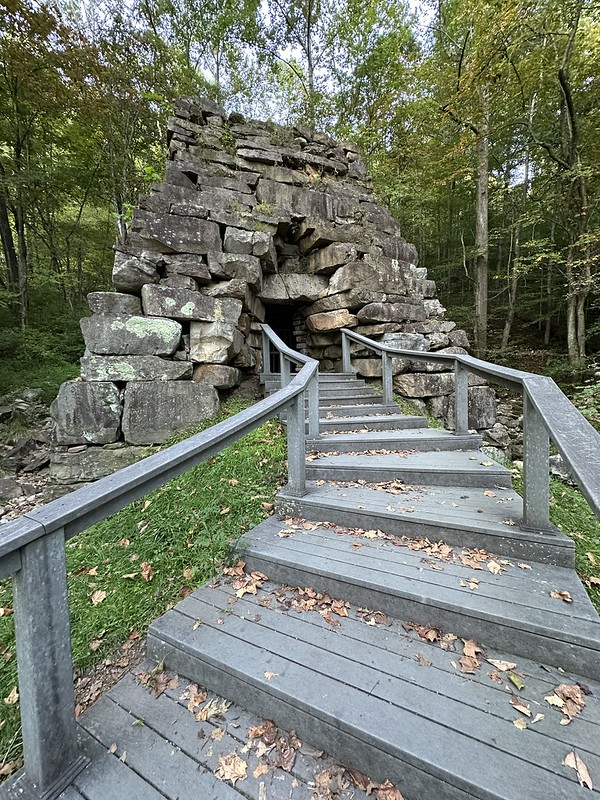
Abandoned Appalachia Series – Newlee Iron Furnace at Cumberland Gap At the base of Cumberland Mountain, where Gap Creek cuts a narrow notch toward the little town of Cumberland Gap, Tennessee, a towering block of stone rises beside the water. Locals call it the Newlee Iron Furnace.
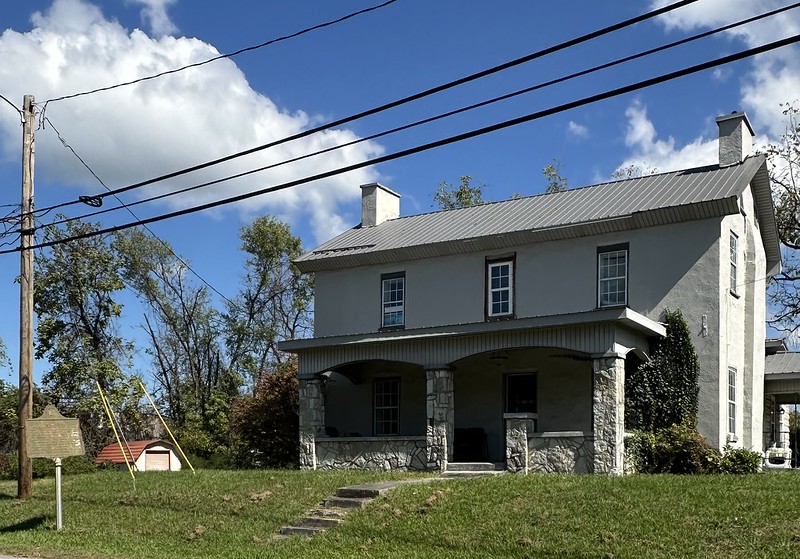
Appalachian History Series – The Oldest House in Bell County: Rev. John C. Colson’s Brick Home on Yellow Creek If you drive up North 19th Street in Middlesboro, traffic hums past a modest brick house set back behind a yard and a low slope. The building does not announce itself loudly. Its lines are simple, two stories of brick with later stucco and porch alterations that make it easy to mistake for an ordinary early twentieth century home.